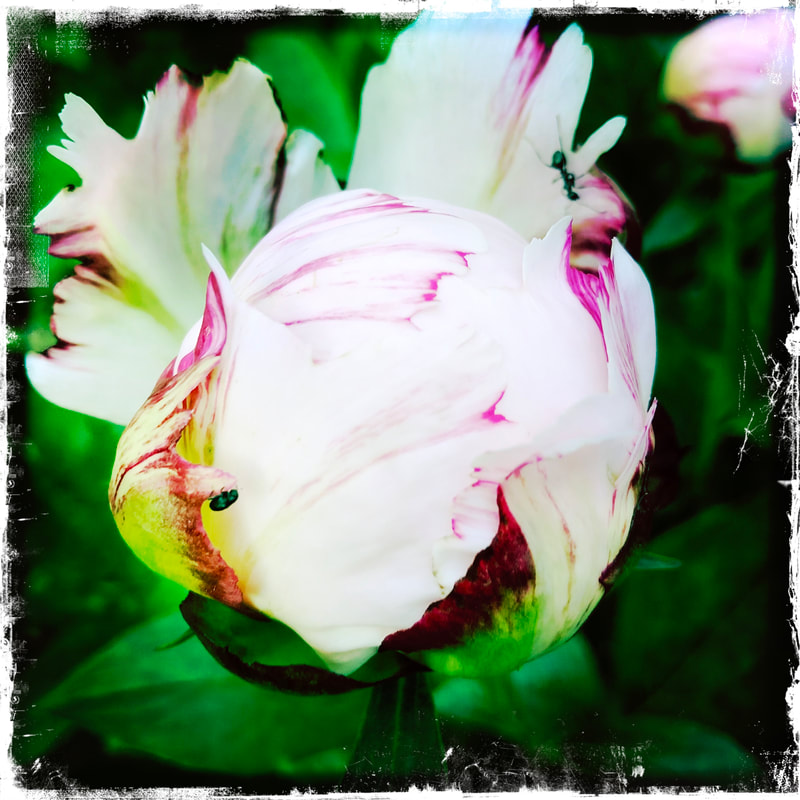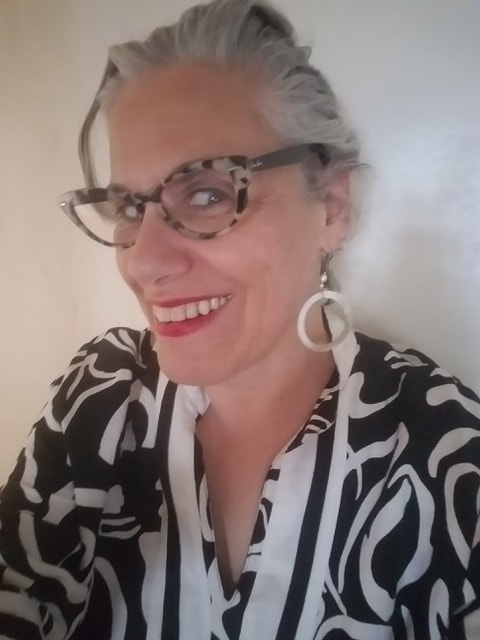ASSAY: A JOURNAL OF NONFICTION STUDIES
9.1
9.1
|
There’s a doldrums point in the semester that comes just after midterms. In the classroom, my advanced creative writing undergraduates are awash with relief (midterms are over!) and somewhat stunned by the recognition that there are eight more weeks to go.
Honestly, so am I. And that makes this is the moment when, for a week of class meetings, I hand them the reins. Hence, the post-midterm unit called “Your Turn.” Also known as the week when I do not prepare a lecture and do not require a workshop submission, but instead challenge my own craft skills by responding spontaneously to whatever a student brings to the room. This class, WRI 490, “Advanced Project in Creative Writing,” was designed by me as a way for undergraduate seniors and selected juniors to get a sense of the MFA workshop experience. Enrolled students must be declared Creative Writing minors, and they must commit to one project each for the semester; an essay collection, a memoir or novel draft (and I always emphasize that sixteen weeks of hard work and weekly submissions will get you a clutch of chapters and an outline), a novella, theatrical play, or poetry collection. A few years ago, I accepted a student who had proposed a dramatic television series. We workshop these cross-genre, which I believe builds an understanding of the fundamentals of craft as well as potentially broadening a student’s reading interests. My emphasis in this class is craft; understanding what it is, how to apply it, how and why craft differs in practice. The enrollment in this class caps at ten students, but “makes” at six, and the course traditionally meets twice a week for ninety minutes each meeting. The first day of each week begins with a generative writing prompt, followed by discussion, and my craft lecture. We workshop the second day in the week. Any given semester’s enrollment directs how many days I allot for the “Your Turn” assignment, but I aim for thirty minutes per student. In the assignment, each student is tasked with actively examining their personal approach to craft by introducing their classmates to a prompt that has worked for them in their current project, demonstrating the prompt, discussing how they apply it to their own work, and directing their peers in a generative writing exercise using that prompt. They then lead a brief discussion of the outcome. Students are not required to get my pre-approval on their prompt or how they intend to teach it, although they’re welcome to discuss their plan with me as they prepare. I don’t want to have too heavy a hand in their choice, and I want to enjoy the surprise and challenge of a generative prompt in the classroom alongside my students. I do sometimes ask pointed questions during a presentation if I see that a student needs help explaining their prompt, or if their peers need guidance in acting on it. This may take the form of asking a student how a specific scene in their work might benefit from the prompt, or reminding a student of how it might help with a challenge they’d had in pages previously workshopped. I want to see that everyone in the room uses the allotted time productively. When I make this assignment, students are invariably nervous. I expect this, because who among us hasn’t been anxious before a reading or a lecture? We talk as a class about how anxiety is a part of many writers’ professional lives, and I invite students to suggest ideas about how to combat or accept it. On presentation days, I pass around a bowl (this year it was an empty Altoids box because a student was so wowed by the large green ceramic soup bowl that I gave it to him) with numbered index cards. Students close their eyes and pick a card. When everyone’s got a card, they read their numbers aloud to me, I write them on the board, and this determines the order of the day. The WRI 490 workshop is a classroom space that we’ve all agreed on Day One to keep as a safe space. Nothing workshopped is discussed outside of the group without explicit permission, and all comments are expected to be inquisitive, supportive, and productive. This sense of community (and we’re halfway through the semester here, so students are reasonably comfortable with each other) helps turn presentation anxiety to confidence as students share a favorite craft technique. They know each other. They’ve been reading and commenting on each other’s work for months. This semester, a student explained their use of Tarot card spreads for their characters. They brought one of their Tarot decks to class and had each classmate pull a card with their protagonist (themselves, of course, in memoir or personal essay) in mind. A prompt was assigned to engage that character with the characteristics indicated by the cards. Another student explored how assembling a playlist for his work-in-progress helped him manage narrative pacing on the page, including reading a section in which a song on a jukebox drives the action in a scene. The student asked classmates to make their own brief playlists. He led the class in discussing musicality, rhythm, and the subtle and less-subtle influence of lyrics. (When I learned that some students had never heard their classmate’s choices of Tammy Wynette’s “Stand by Your Man” and Kermit the Frog singing “It’s Not Easy Being Green,” I used a bit of class time to play You Tube clips. Tammy Wynette was a hit, Kermit less so.) In a prior semester, a student used a collection of archival photographs to demonstrate their preferred research method for building scene. They then led classmates in responding narratively to individual in-class internet photo searches. At the end of class, comments range from “I loved this,” to “I didn’t know if the prompt would work for someone else, but it did.” Students have told me that they’ve integrated techniques they discovered from a classmate into their own practice. We return to our workshop routine in a week, or two weeks if necessary. Student relationships, already strong in a small class population, feel stronger to me. I can see and hear this in the quality of their workshop comments. My goal here is, at first glance, to give myself a breather from lesson planning. At second glance, it’s to give students a break from submitting workshop pages. At third glance? Call it an innovative way to collect data for the “skills demonstration” portion of the Academic Assessment Report. But truly, my goal in the class overall is for each student to demonstrate to themselves that they have developed a command of their writing practice. Craft practice can intimately reveal how a person thinks, how they interact with their work, and in some ways, how they live in the world. The “Your Turn” exercise demonstrates this experientially. “Your Turn” challenges students, builds confidence, gives them a chance to spotlight their methods in developing their own writing practice. If nothing else, it invigorates good writing students at the dreaded halfway mark in the semester. |
|
Jessica Handler is the author of the novel The Magnetic Girl, winner of the 2020 Southern Book Prize and a nominee for the Townsend Prize for Fiction. The novel is one of the 2019 “Books All Georgians Should Read,” an Indie Next pick, Wall Street Journal Spring 2019 pick, Bitter Southerner Summer 2019 pick, and a SIBA Okra Pick. Her memoir, Invisible Sisters, was also named one of the “Books All Georgians Should Read,” and her craft guide Braving the Fire: A Guide to Writing About Grief and Loss was praised by Vanity Fair magazine. Her writing has appeared on NPR, in Tin House, Drunken Boat, The Bitter Southerner, Electric Literature, Brevity, Creative Nonfiction, Oldster, Full Grown People, Newsweek, The Washington Post, and elsewhere. She teaches Creative Writing in Atlanta. www.jessicahandler.com.
|

